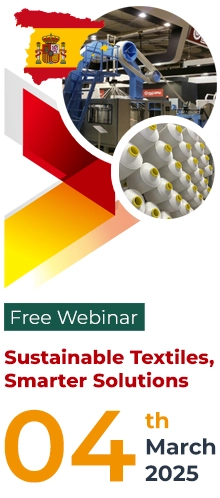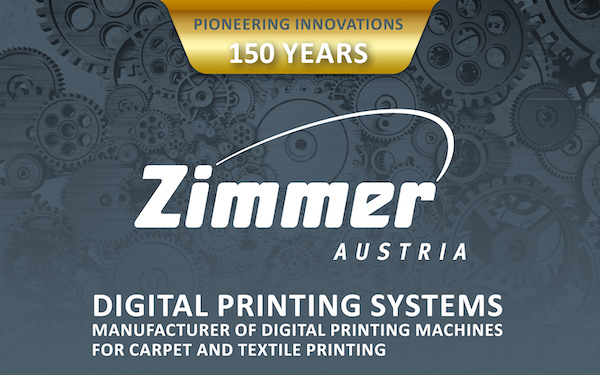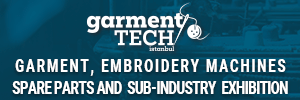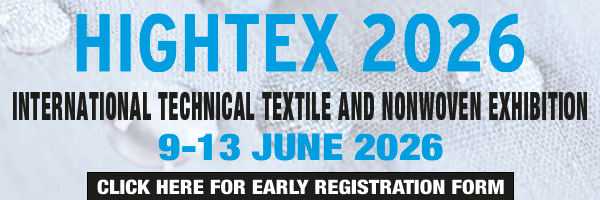- The Eurecat technology centre is showcasing the solution developed in partnership with Canmartex at leading textile industry trade fair ITMA in Milan.
- The innovation features predictive technologies to analyse in real time the degradation of components such as needles and helps drive the industry’s sustainability, boost production and cut costs.
- An estimated 92 million tons of waste is generated annually by the textile industry, 25 percent of which is produced during fabric manufacture.
The Eurecat technology centre is showcasing at ITMA (International Textile Machinery) 2023, the leading trade fair for the textile industry running until 14 June in Milan, a solution harnessing photonic and Internet of Things systems coupled with artificial intelligence algorithms which predicts potential manufacturing defects before the fabric is made and warns the production manager who can then assess them and decide what to do.
The innovation, which has been developed specifically for large-diameter circular knitting machines in partnership with textile machine manufacturer Canmartex, “helps drive the industry’s sustainability, boost production and cut costs while enhancing the innovative positioning of businesses,” says Xavier Plantà, director of Eurecat’s Industrial Technologies Division.
The technological solution is based on real-time analysis of the degradation of the most critical components in the manufacturing process including needles and platens.
An estimated 92 million tons of waste is generated annually by the textile industry, 25 percent of which is produced during fabric manufacture.
Hence the idea is to carry out predictive control using digital technologies to “prevent typical quality problems or defects such as holes, streaks and spots which are generally only identified after the manufacturing process by experts or automated computer vision-based systems once they’ve already occurred,” adds Xavier Plantà.
“The technology’s approach and strategy is to anticipate defects before they happen and most importantly take action and remedy the causes which lead to them as reflected in its ‘Better to predict than to correct’ tagline,” he points out.

























